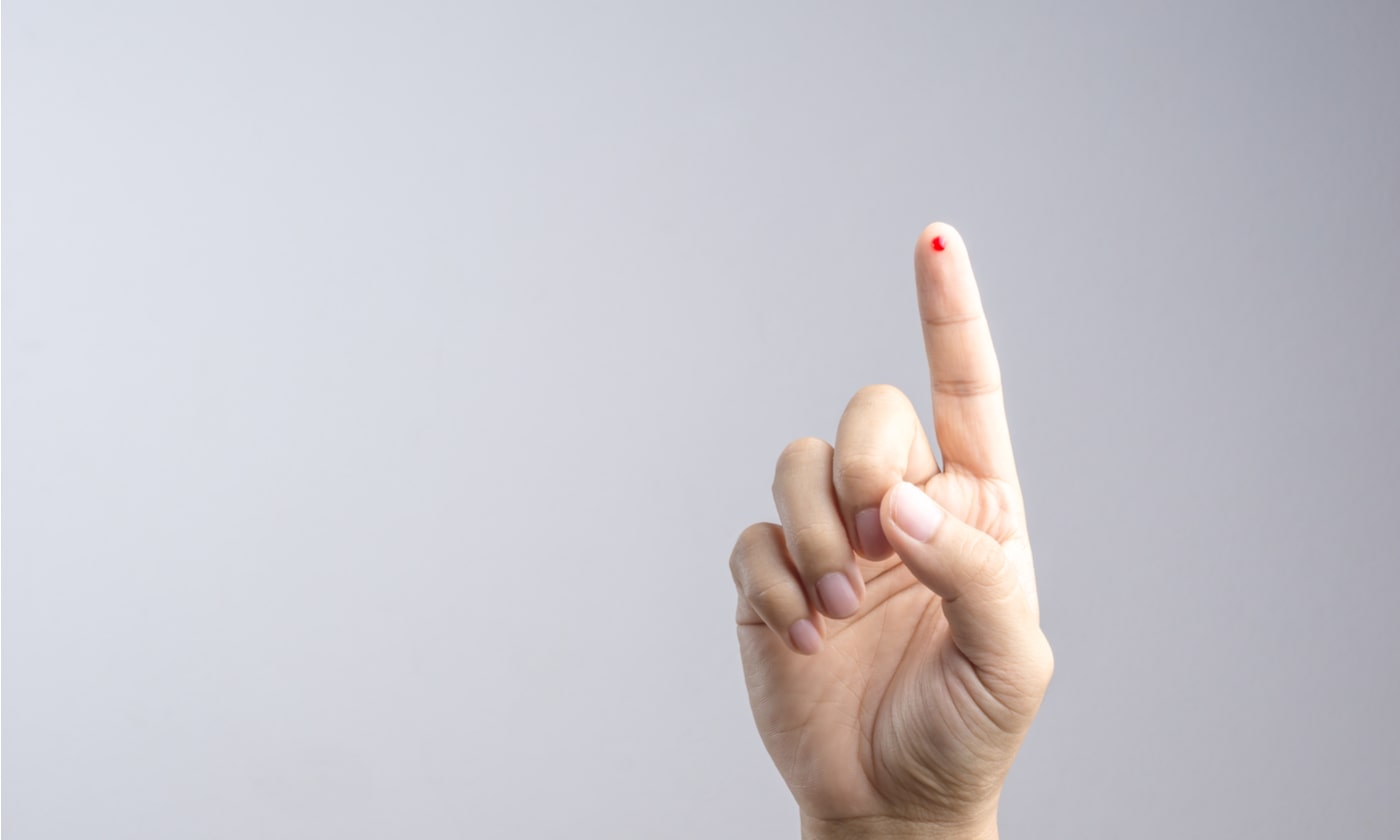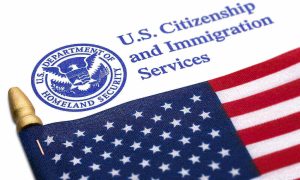At the end of 2019, an estimated 1,189,700 people in the United States were predicted to have HIV. However, it’s not possible to determine an exact figure as about 13% of HIV-positive people in the U.S. are unaware of their HIV status (1).
This lack of knowledge is because many people infected with HIV are unaware of the infection in the early stage (acute, stage 1), as they may not experience any symptoms or only mild symptoms (e.g. headache and sore throat) that can be easily confused with other illnesses (1).
Have you been at risk of catching HIV?
Maybe you have had unprotected sex recently or you have shared injectable drug equipment with someone else. You could unknowingly be carrying HIV and at risk of transmitting it to others too.
Get peace of mind and take an HIV test today. Testing is quick, relatively painless, and simple.
We offer a 4th generation HIV test that detects both the HIV p24 antigen and HIV antibodies. The HIV p24 antigen is a structural component of the viral particle and can usually be detected in the blood of an infected individual from 2-3 weeks after infection. However, p24 antigen levels in the blood begin to decrease 3-4 weeks post-exposure until no longer detectable. HIV antibodies are produced by an infected individual in response to the viral infection. They are usually not detectable until 4-6 weeks after exposure or up to 3-6 months in some cases, but then generally remain detectable (2).
Our test just requires a tiny blood sample self-collected from a finger-prick. This blood sample is then sent to our laboratory for analysis by a fully automated immunoassay–the same very accurate assay type that is used by doctors, clinics, and hospitals all over North America. But our test has one distinct advantage–there is no need to make a doctor’s appointment to get your sample collected. Collect the sample in privacy at home and receive your results online as soon as testing is complete.
HIV testing window period
It is important to note that there is a window period of 45-90 days, during which HIV diagnostic tests may produce a negative result, although infected individuals can still transmit the virus to others. This is because there are just not enough of the tested molecules (antigen and antibodies) present to be detected by laboratory assays. Follow-up testing is recommended for any individuals with a negative result who may have been exposed to HIV. An alternative test type that detects HIV nucleic acid in the very early stages of an infection is also an option (3).
What if I test positive?
Although an HIV diagnosis is still very unpleasant news, it is no longer the death sentence it once was. Even though there is no cure for HIV, antiretroviral therapy (ART) is a very effective treatment to prevent the progression of HIV and to prevent the transmission of HIV to others. It enables HIV-positive individuals to live relatively normal, healthy lives (3).
For more information about HIV treatment, please see our previous article “How is HIV treated?“
References:
1. HIV Basics. CDC.
2. Busch MP, et al. (1995) Time course of detection of viral and serologic markers preceding human immunodeficiency virus type 1 seroconversion: implications for screening of blood and tissue donors. Transfusion, 35 (2), 91-97.
3. HIV/AIDS. World Health Organization.



